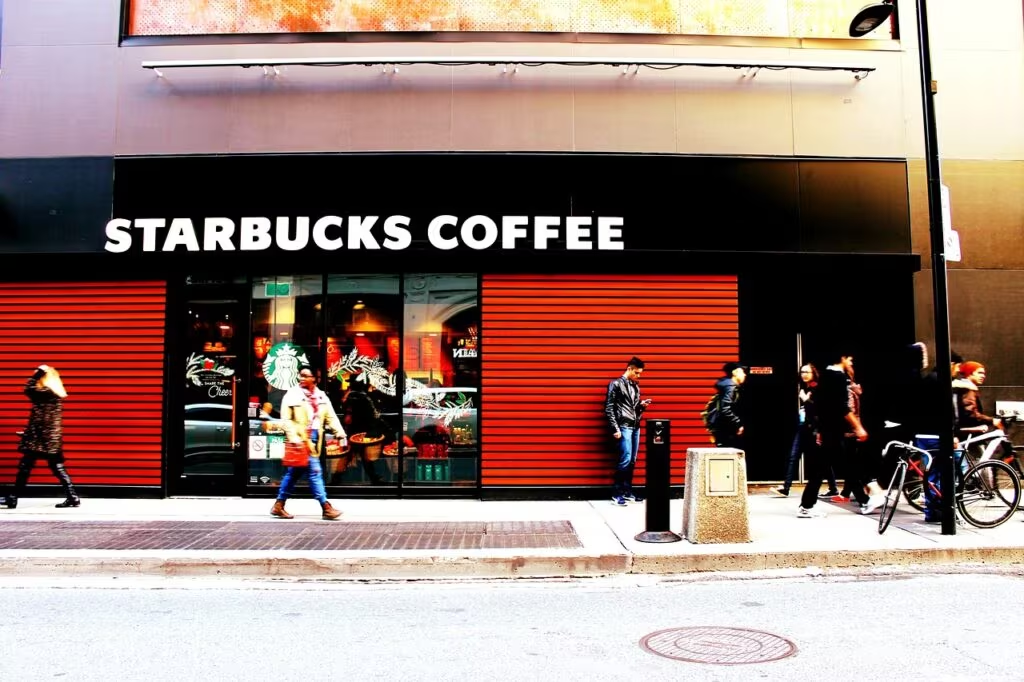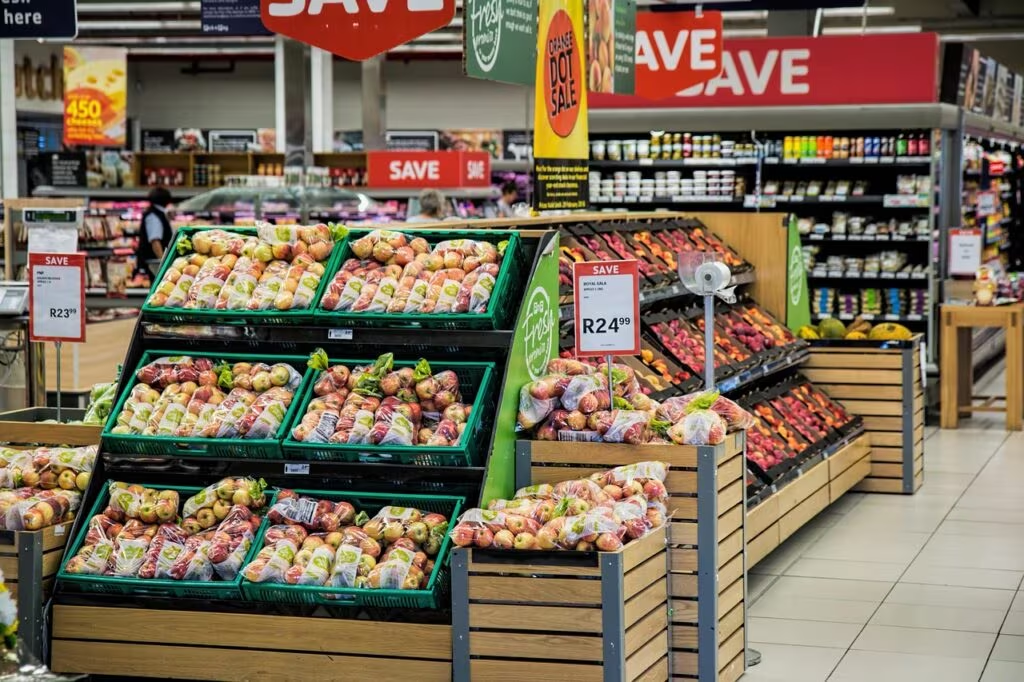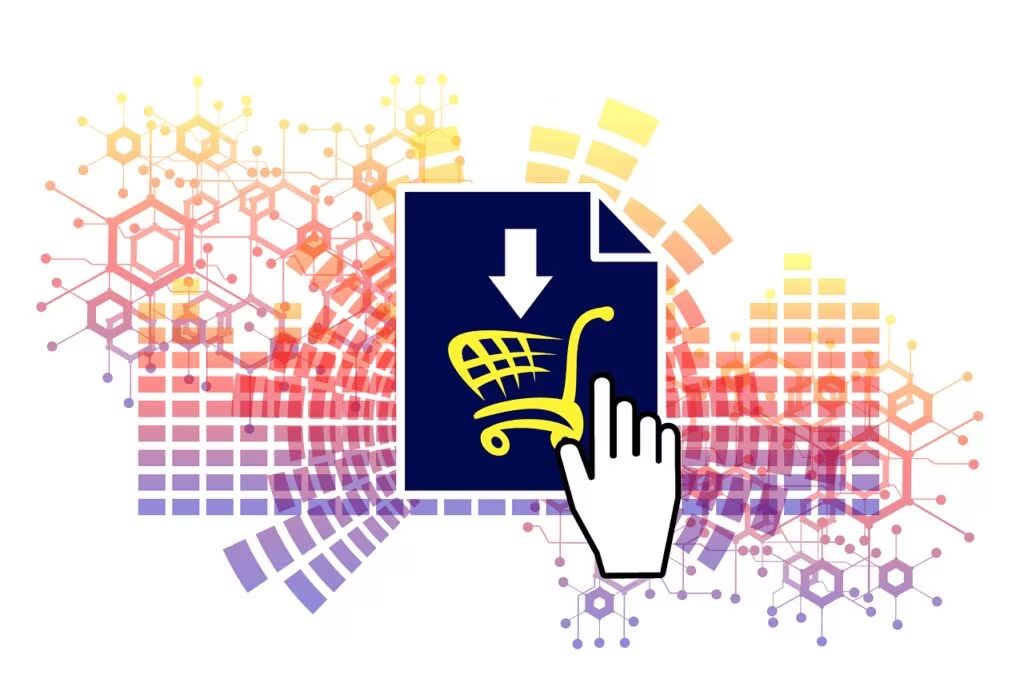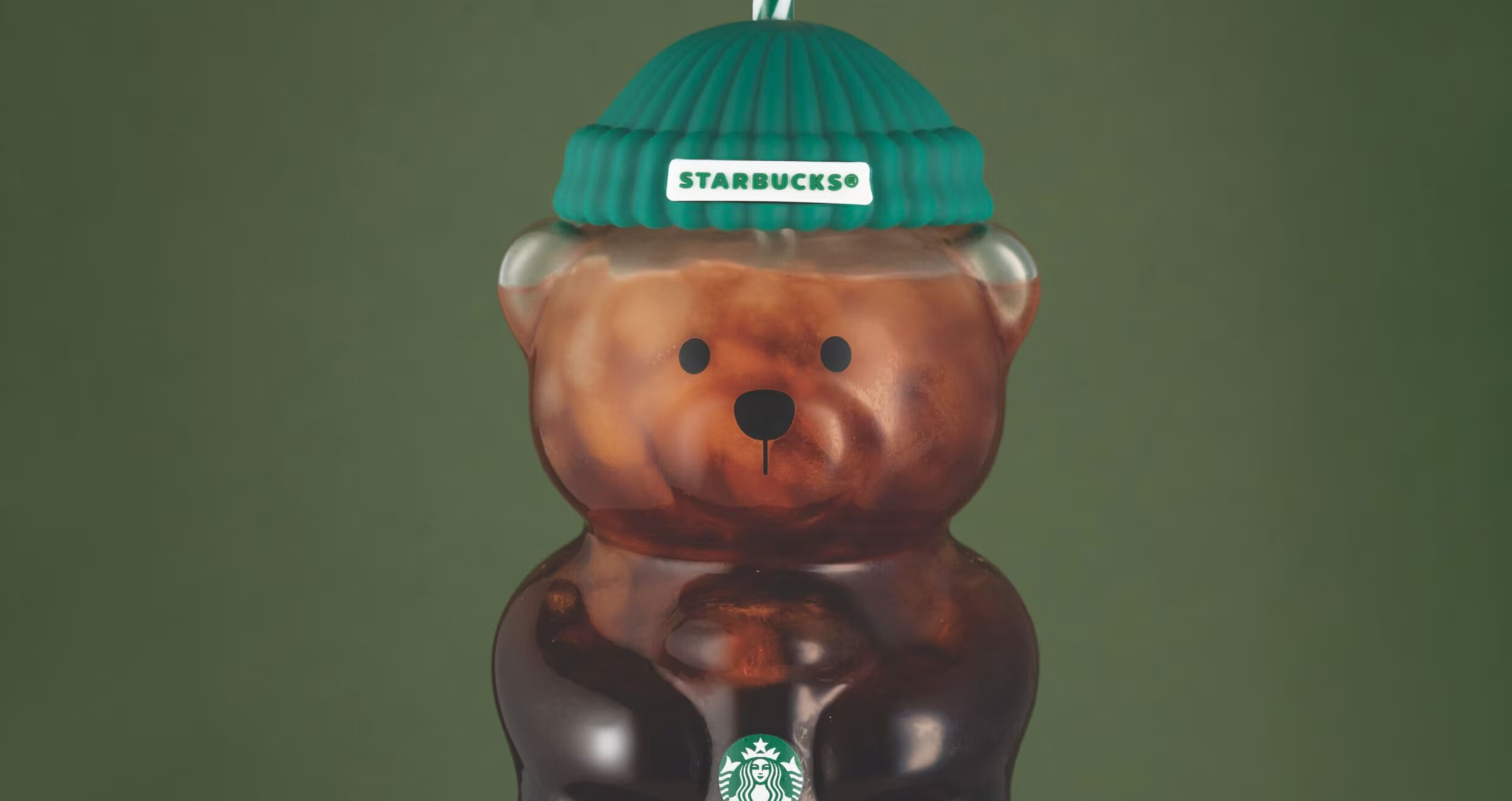Unprecedented Demand: Starbucks Issues Apology for Bearista Cup Chaos
Starbucks has formally apologized following the chaotic rollout of its highly anticipated holiday merchandise, specifically the viral Bearista cup. The launch, which coincided with the debut of the seasonal drink menu, quickly devolved into scenes of aggressive competition, long queues, and even physical altercations at various locations.
The intense consumer frenzy surrounding the limited-edition collectible drove prices on the secondary market to staggering levels, with listings for the cup reaching up to $500 on platforms like eBay, turning a simple retail release into a high-stakes event for collectors and scalpers alike. The incident underscores the volatile nature of modern “drop culture” and the challenges retailers face in managing viral product scarcity.
The Viral Launch and Immediate Fallout
The annual Starbucks holiday launch is typically a major retail event, signaling the start of the festive season with specialized beverages and new reusable merchandise. This year, however, the focus shifted almost entirely to the Bearista cup, a tumbler featuring the iconic Starbucks bear mascot dressed as a barista.
Reports from across the country detailed the immediate and overwhelming demand on the day of the release. Customers, many of whom had lined up hours before stores opened, faced severe disappointment as limited stock vanished within minutes. The scarcity led directly to the reported conflicts and aggressive behavior, frustrating loyal customers and overwhelming store staff.

Anatomy of a Consumer Frenzy
The Bearista cup’s appeal lies in its combination of novelty, brand recognition, and extreme scarcity. Starbucks merchandise, particularly its reusable tumblers and cold cups, has developed a dedicated collector base. When a design achieves viral status—often amplified by social media platforms like TikTok and Instagram—the demand far outstrips supply, creating a perfect storm for retail chaos.
Key factors contributing to the frenzy included:
- Limited Edition Status: The cup was marketed as a seasonal, limited-run item, signaling to collectors that this was their only chance to acquire it.
- Viral Appeal: The charming design of the bear barista quickly gained traction online, turning the cup into a must-have status symbol.
- Resale Profit Potential: The immediate high prices on the secondary market incentivized professional scalpers to purchase large quantities, further depleting stock for genuine consumers.
Starbucks’ Official Response and Remedial Action
In the wake of widespread customer complaints and media coverage detailing the in-store conflicts, Starbucks issued an official statement acknowledging the operational failure.
The company expressed regret for the negative experience customers endured, particularly those who waited in line only to leave empty-handed or witness disruptive behavior.
“We sincerely apologize for the disappointment and inconvenience experienced by our customers during the launch of our holiday merchandise, particularly the Bearista cup,” the company stated. “The enthusiasm for this item was unprecedented, and we regret that the supply did not meet the demand, leading to frustration and difficult situations in our stores.”
Starbucks also confirmed that it was taking steps to address the supply chain and inventory issues that contributed to the chaos. While specific details on the immediate re-release were not provided, the company indicated it was actively adjusting inventory allocation to better manage future high-demand product launches.

The Economics of Scarcity: Resale and Scalping
The most striking consequence of the Bearista cup shortage was the immediate and dramatic inflation of its price on the resale market. While the cup retailed for a standard price for Starbucks merchandise (typically between $20 and $30), listings on eBay and other secondary platforms soared.
Resale prices quickly stabilized in the hundreds of dollars, with some listings reaching the peak of $500. This massive markup highlights the effectiveness of the scalping operation, where individuals buy products purely for resale profit, often using bots or overwhelming physical locations to secure inventory.
This trend is not isolated to Starbucks. Over the past few years, limited-edition consumer goods have become targets for professional resellers, transforming everyday items into investment opportunities. Precedents include the frenzy over limited-run Stanley cups, specific McDonald’s Squishmallows promotions, and high-demand concert merchandise.
For retailers like Starbucks, this phenomenon presents a dilemma:
- Brand Hype: Scarcity generates immense publicity and brand hype, driving overall sales.
- Customer Alienation: The chaos and inability of loyal customers to purchase the item at retail price can damage brand loyalty and goodwill.

Key Takeaways and Looking Ahead
The Bearista cup incident serves as a crucial case study in modern retail logistics and the power of social media virality. For consumers, it reinforces the need for caution when approaching limited-edition drops, especially those prone to scalping.
Summary of the Bearista Cup Fiasco
- The Product: The limited-edition Bearista cup, part of the annual Starbucks holiday launch.
- The Problem: Unprecedented viral demand led to severe stock shortages and in-store chaos, including fights and long lines.
- The Cost: Resale prices reached up to $500, demonstrating successful scalping operations.
- The Response: Starbucks issued an apology and promised to review inventory allocation strategies for future high-demand items.
Moving forward, retailers are increasingly experimenting with strategies to combat scalping and manage demand fairly, such as implementing virtual queues, random lotteries, or limiting purchases strictly to one per customer. The pressure is now on Starbucks to demonstrate that it can implement these changes effectively before the next major viral merchandise drop.
Conclusion
Starbucks’ apology, while necessary, highlights the operational challenges inherent in managing products that achieve instant viral fame. The Bearista cup saga is less about a coffee accessory and more about the intense, often disruptive, intersection of collector culture, social media influence, and retail scarcity. For the average customer, the incident was a frustrating reminder that securing a coveted item often requires navigating a highly competitive and sometimes unsafe retail environment driven by profit-seeking resellers.
Original author: Neia Balao
Originally published: November 7, 2025
Editorial note: Our team reviewed and enhanced this coverage with AI-assisted tools and human editing to add helpful context while preserving verified facts and quotations from the original source.
We encourage you to consult the publisher above for the complete report and to reach out if you spot inaccuracies or compliance concerns.

